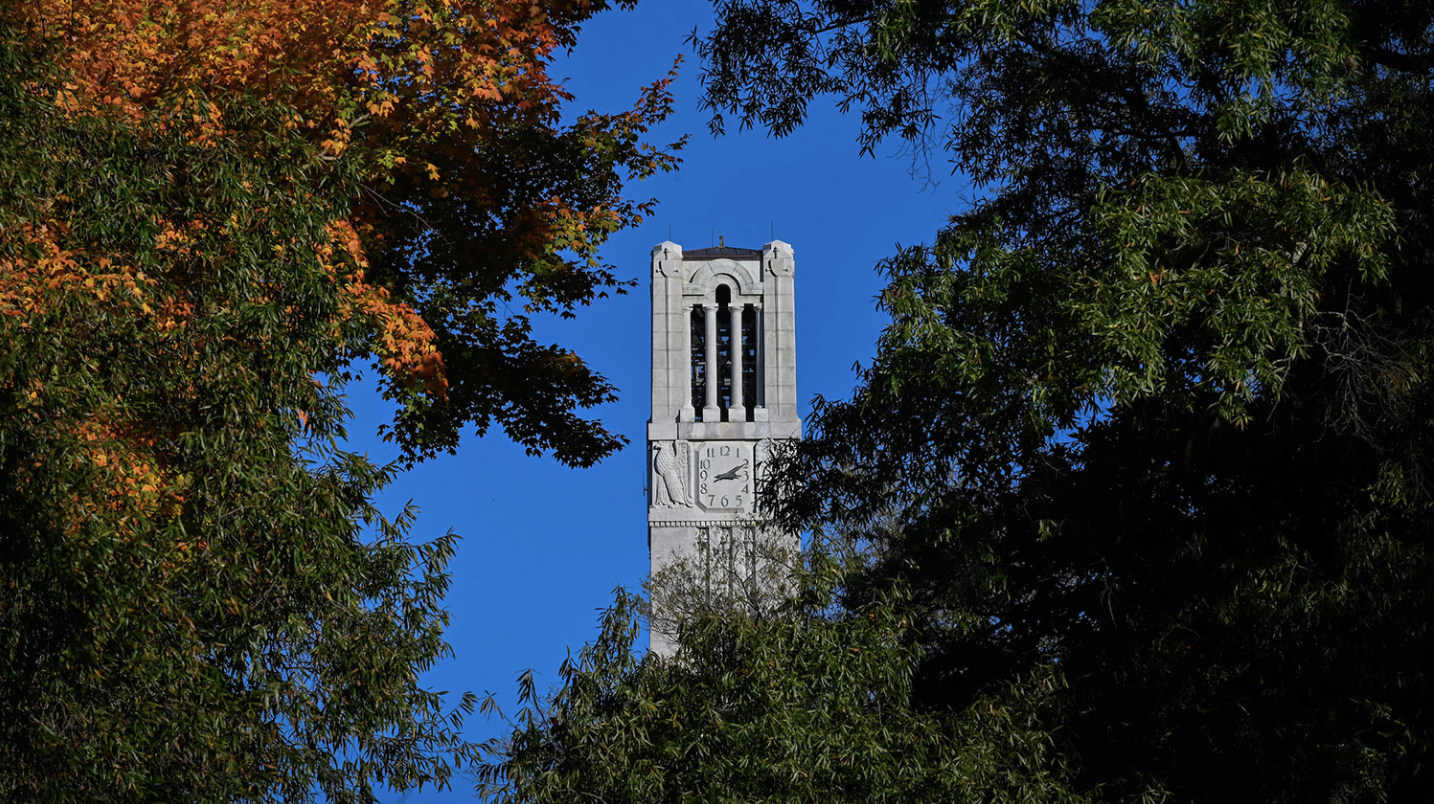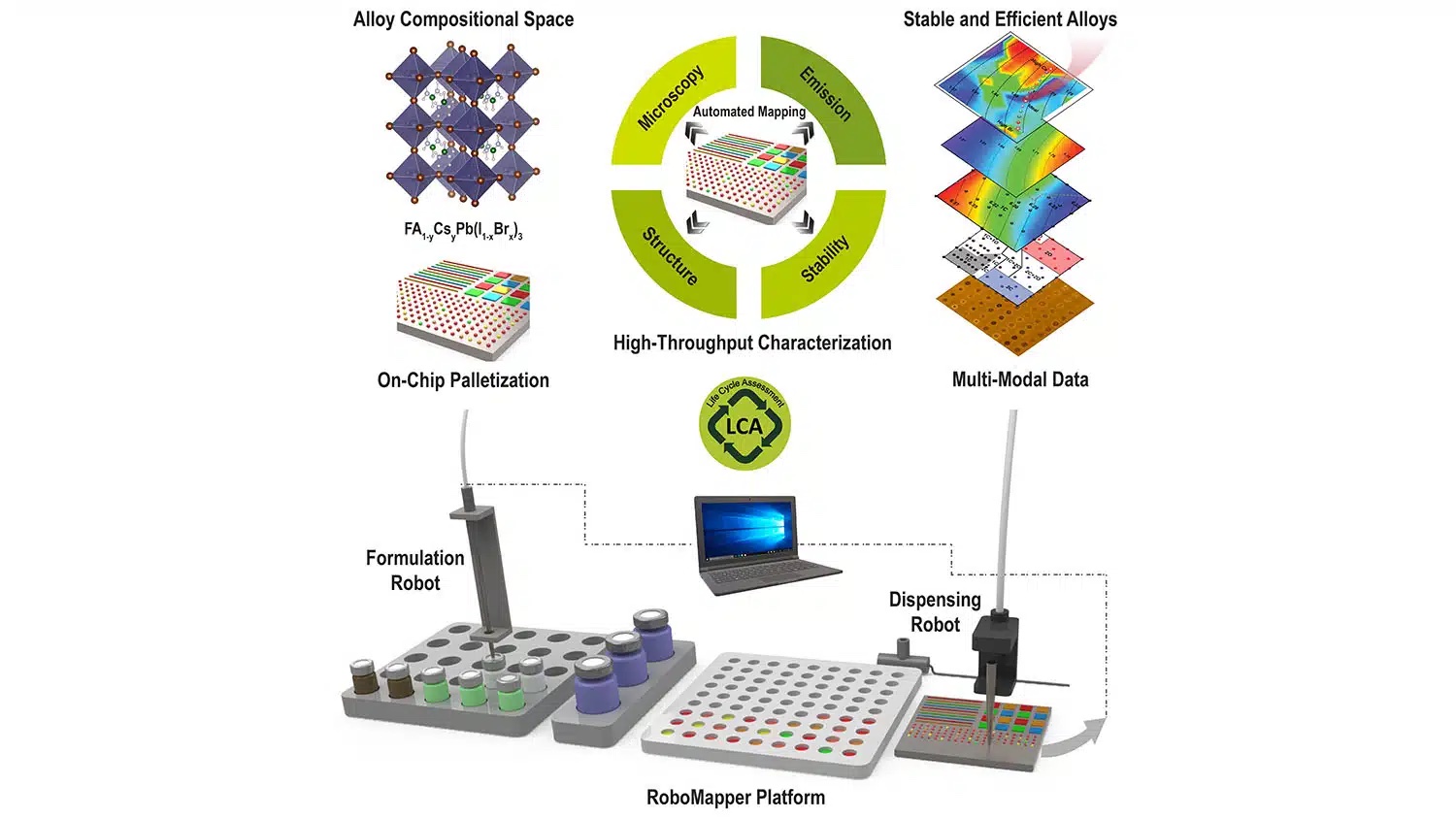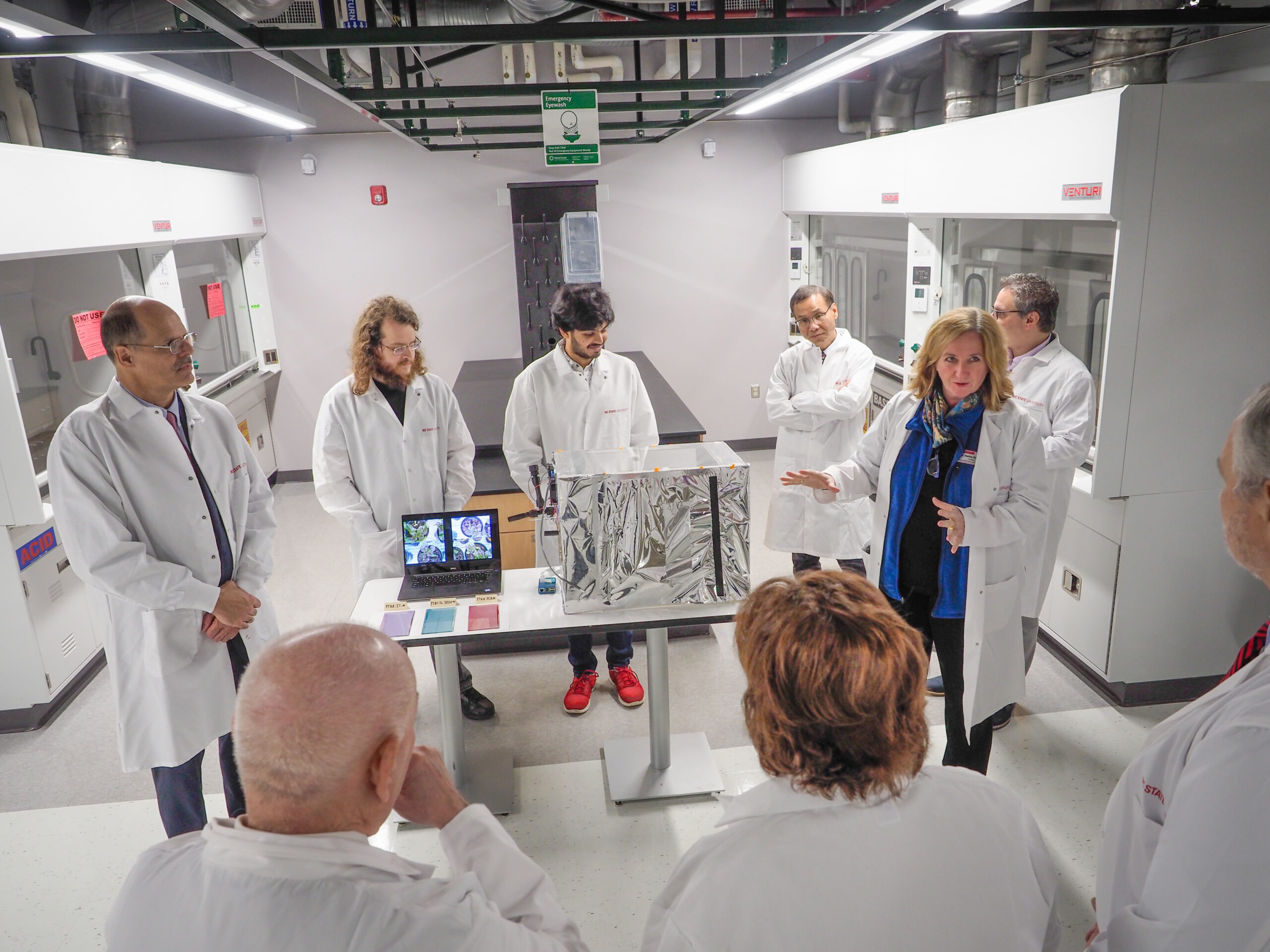Dr. Nicola Gasparini Speaks at ORaCEL Seminar on December 10, 2018
Understanding and Controlling Charge Carrier Recombination in Organic Bulk Heterojunction Towards High Efficiency Devices
[ezcol_1half]Dr. Nicola Gasparini
King Abdullah University of Science and Technology (KAUST)
E-mail: nicola.gasparini@kaust.edu.sa
Website
[/ezcol_1half] [ezcol_1half_end]
Date: Monday December 10, 2018
Venue: Toxicology Auditorium 2104
Time: 11:00 AM–12 PM.[/ezcol_1half_end]
Abstract
One key advantage of solution-processable organic semiconductors is the opportunity of blending different materials in order to attain novel material properties and applications. The concept of ternary blend organic solar cells makes use of exactly that idea: three (or more) organic chromphores are combined to better match the solar irradiance spectrum and thus increase the amount of light absorbed, which in turn will increase the power output of the solar cell. However, charge transport limitations of many current generation polymer blends typically require rather low active layer thicknesses (around 100 nm) for optimum performance.1 Here, we show the design of non-fullerene acceptor (NFA)2 and fullerene-based solar3,4 cells with reduced charge recombination processes leading to a high short circuit current density (Jsc) and fill factor (FF) in ternary blends, thus demonstrating how the recombination thresholds can be overcome.
1 Gasparini et. al., Advanced Energy Materials, 2015, 5, 24.
2 Baran et. al., Nature Materials, 2017, 16, 363.
3 Gasparini et. al., Nature Energy, 2016, 1, 16118.
4 Gasparini et. al., Energy & Environmental Science, 2017, 10, 885.
 Biography: Nicola Gasparini received his BSc and MSc in Chemistry and Organic Chemistry, and Photochemistry and Molecular Materials, respectevely, from the University of Bologna, Italy. In 2014 he joined the group of Prof. Brabec in the Institute of Materials for Electronics and Energy Technology (i-MEET) at the Friedrich Alexander University Erlangen-Nürnber (FAU) as Marie-Curie Fellow and received his Ph.D in 2017. His PhD work focused on the design and characterization of highly efficient ternary organic solar cells. Since September 2017, he is a postdoctoral fellow at the King Abdullah University of Science and Technology (KAUST). His scientific studies and collaborative work have been published in over 50 peer-reviewed journals including Nature Energy, Nature Materials, Nature Communications, Advanced Energy Materials, and Energy and Environmental Science. His research interests lies on the fundamental and application-oriented research in lab-scale and large-area printed electronics, in particular organic and perovskite photovoltaics. His efforts have focused both on the design of highly efficient organic solar cells and on electro-optical and structural characterization techniques for probing charge generation, transport, recombination processes and morphology of photovoltaics. His research continues on the understanding and control of the degradation and reliability of semiconducting devices under light and thermal stress.
Biography: Nicola Gasparini received his BSc and MSc in Chemistry and Organic Chemistry, and Photochemistry and Molecular Materials, respectevely, from the University of Bologna, Italy. In 2014 he joined the group of Prof. Brabec in the Institute of Materials for Electronics and Energy Technology (i-MEET) at the Friedrich Alexander University Erlangen-Nürnber (FAU) as Marie-Curie Fellow and received his Ph.D in 2017. His PhD work focused on the design and characterization of highly efficient ternary organic solar cells. Since September 2017, he is a postdoctoral fellow at the King Abdullah University of Science and Technology (KAUST). His scientific studies and collaborative work have been published in over 50 peer-reviewed journals including Nature Energy, Nature Materials, Nature Communications, Advanced Energy Materials, and Energy and Environmental Science. His research interests lies on the fundamental and application-oriented research in lab-scale and large-area printed electronics, in particular organic and perovskite photovoltaics. His efforts have focused both on the design of highly efficient organic solar cells and on electro-optical and structural characterization techniques for probing charge generation, transport, recombination processes and morphology of photovoltaics. His research continues on the understanding and control of the degradation and reliability of semiconducting devices under light and thermal stress.
Select publications:
1) Designing ternary blend bulk heterojunction solar cells with reduced carrier recombination and a fill factor of 77%. Nicola Gasparini, Xuechen Jiao, Thomas
Heumueller, Derya Baran, Gebhard J Matt, Stefanie Fladischer, Erdmann Spiecker, Harald Ade, Christoph J Brabec, Tayebeh Ameri, Nature Energy, 2016,
1, 16118. Citations>100
2) High-performance ternary organic solar cells with thick active layer exceeding 11% efficiency. Nicola Gasparini, Luca Lucera, Michael Salvador, Mario Prosa,
George D Spyropoulos, Peter Kubis, Hans-Joachim Egelhaaf, Christoph J Brabec, Tayebeh Ameri, Energy & Environmental Science, 2017, 10, 885-892.
Citations>80
3) Reducing the efficiency-stability-cost gap of organic photovoltaics with highly efficient and stable small molecule acceptor ternary solar cells. Derya
Baran, Raja Shahid Ashraf, David A Hanifi, Maged Abdelsamie, Nicola Gasparini, Jason A Röhr, Sarah Holliday, Andrew Wadsworth, Sarah Lockett, Marios Neophytou,
Christopher JM Emmott, Jenny Nelson, Christoph J Brabec, Aram Amassian, Alberto Salleo, Thomas Kirchartz, James R Durrant, Iain McCulloch, Nature
Materials, 2017, 16, 363-369. Citations>300
4) Robust nonfullerene solar cells approaching unity external quantum efficiency enabled by suppression of geminate recombination.
Derya Baran, Nicola Gasparini*, Andrew Wadsworth, Ching Hong Tan, Nimer Wehbe, Xin Song, Zeinab Hamid, Weimin Zhang, Marios Neophtyhou, Thomas
Kirchartz, Christoph J. Brabec, James R. Durrant, Iain McCulloch, Nature Communications, 2018, 9, 2059.
5) High-efficiency and air-stable P3HT-based polymer solar cells with a new non-fullerene acceptor. Sarah Holliday, Raja Shahid Ashraf, Andrew Wadsworth, Derya
Baran, Syeda Amber Yousaf, Christian B Nielsen, Ching-Hong Tan, Stoichko D Dimitrov, Zhengrong Shang, Nicola Gasparini, Maha Alamoudi, Frédéric Laquai,
Christoph J. Brabec, Alberto Salleo, James R Durrant, Iain McCulloch, Nature Communications, 2016, 7, 11585. Citations>400


